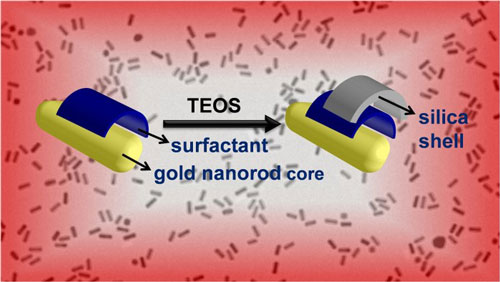 Researchers have fine-tuned a technique for coating gold nanorods with silica shells, allowing engineers to create large quantities of the nanorods and giving them more control over the thickness of the shell.
Researchers have fine-tuned a technique for coating gold nanorods with silica shells, allowing engineers to create large quantities of the nanorods and giving them more control over the thickness of the shell.
Mar 18th, 2015
Read more
In a new approach to understand dynamic phase transitions, a joint experimental and theoretical effort was undertaken by a team of scientists, using a novel type of quantum matter in a so-�called superradiant state.
Mar 18th, 2015
Read more
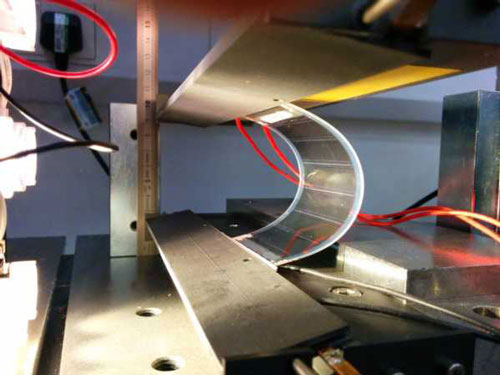 Flexible optoelectronic devices that can be produced roll-to-roll are a highly promising path to cheaper devices such as solar cells and LED lighting panels. Scientists from TREASORES project present prototype flexible solar cell modules as well as novel silver-based transparent electrodes that outperform currently used materials.
Flexible optoelectronic devices that can be produced roll-to-roll are a highly promising path to cheaper devices such as solar cells and LED lighting panels. Scientists from TREASORES project present prototype flexible solar cell modules as well as novel silver-based transparent electrodes that outperform currently used materials.
Mar 18th, 2015
Read more
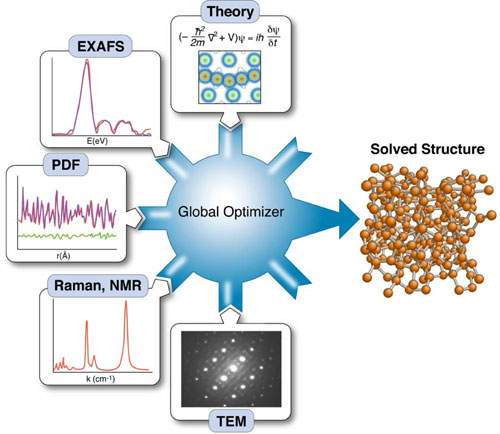 As part of a U.S. Department of Energy effort to showcase new data-handling strategies, scientists from Brookhaven National Laboratory demonstrated two pilot projects for modeling and processing large-volume data sets at the SC14 (Supercomputing 2014) conference.
As part of a U.S. Department of Energy effort to showcase new data-handling strategies, scientists from Brookhaven National Laboratory demonstrated two pilot projects for modeling and processing large-volume data sets at the SC14 (Supercomputing 2014) conference.
Mar 18th, 2015
Read more
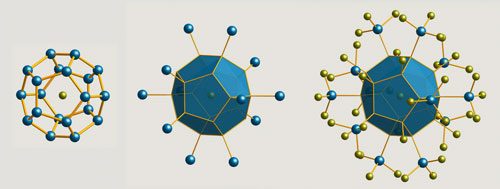 Chemists have managed to synthesise a compound featuring an Si20 dodecahedron. The Platonic solid is not just aesthetically pleasing, it also opens up new perspectives for the semiconductor industry.
Chemists have managed to synthesise a compound featuring an Si20 dodecahedron. The Platonic solid is not just aesthetically pleasing, it also opens up new perspectives for the semiconductor industry.
Mar 18th, 2015
Read more
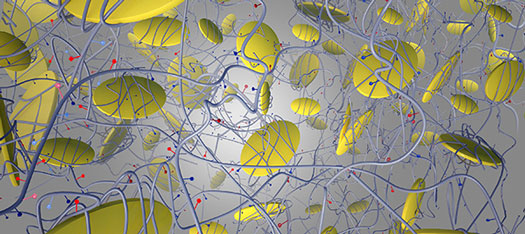 A new material that triggers stem cells to begin forming bone could enable a more effective treatment for hard-to-heal bone breaks and defects.
A new material that triggers stem cells to begin forming bone could enable a more effective treatment for hard-to-heal bone breaks and defects.
Mar 18th, 2015
Read more
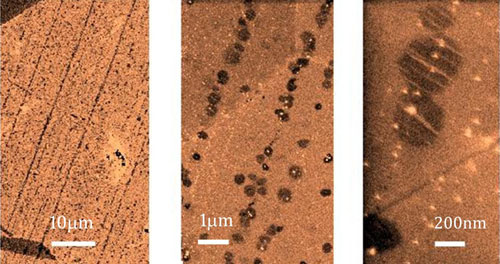 A new technique to produce graphene at room temperature could help pave the way for commercially feasible graphene-based solar cells and light-emitting diodes, large-panel displays, and flexible electronics.
A new technique to produce graphene at room temperature could help pave the way for commercially feasible graphene-based solar cells and light-emitting diodes, large-panel displays, and flexible electronics.
Mar 18th, 2015
Read more
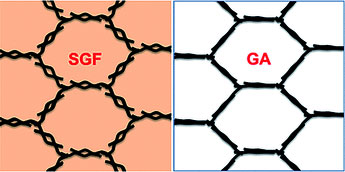 Scientists describe a powerful approach that uses solvated graphene frameworks as the anode material. Assembled in a lithium coin cell, the as-made electrode excelled with capacities surpassing the values of typically used graphite.
Scientists describe a powerful approach that uses solvated graphene frameworks as the anode material. Assembled in a lithium coin cell, the as-made electrode excelled with capacities surpassing the values of typically used graphite.
Mar 18th, 2015
Read more
An oxide/carbon composite outperforms expensive platinum composites in oxygen chemical reactions for green energy devices.
Mar 18th, 2015
Read more
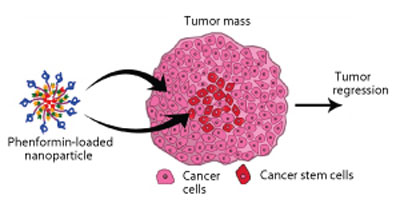 Drugs delivered by nanoparticles can simultaneously attack cancer cells and cancer stem cells.
Drugs delivered by nanoparticles can simultaneously attack cancer cells and cancer stem cells.
Mar 18th, 2015
Read more
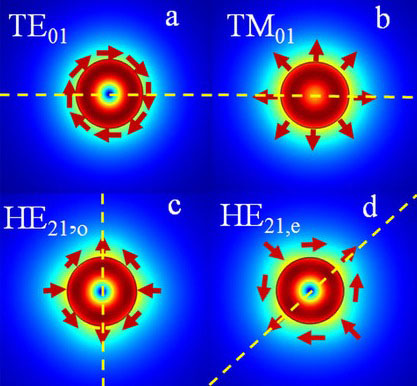 Researchers have demonstrated a more robust method for controlling single, micron-sized particles with light.
Researchers have demonstrated a more robust method for controlling single, micron-sized particles with light.
Mar 18th, 2015
Read more
 Radioactive liposome nanoparticles deposited directly into tumor.
Radioactive liposome nanoparticles deposited directly into tumor.
Mar 17th, 2015
Read more
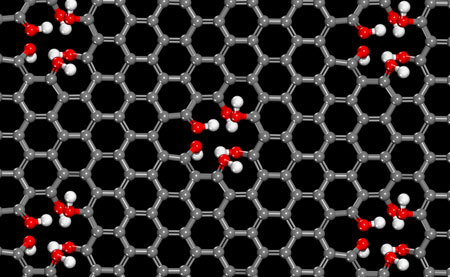 The honeycomb structure of pristine graphene is beautiful, but scientists have discovered that if the graphene naturally has a few tiny holes in it, you have a proton-selective membrane that could lead to improved fuel cells.
The honeycomb structure of pristine graphene is beautiful, but scientists have discovered that if the graphene naturally has a few tiny holes in it, you have a proton-selective membrane that could lead to improved fuel cells.
Mar 17th, 2015
Read more
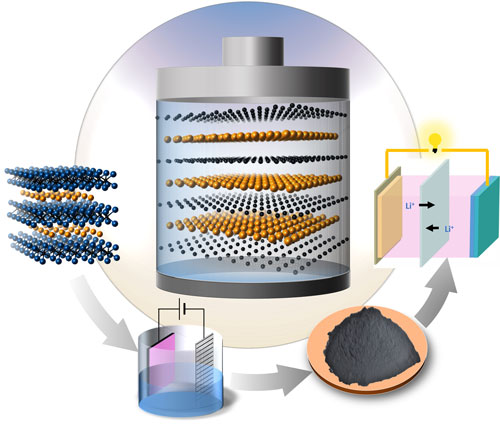 Scientists have discovered a high performance cathode material with great promise for use in next generation lithium-sulfur batteries that could one day be used to power mobile devices and electric cars.
Scientists have discovered a high performance cathode material with great promise for use in next generation lithium-sulfur batteries that could one day be used to power mobile devices and electric cars.
Mar 17th, 2015
Read more
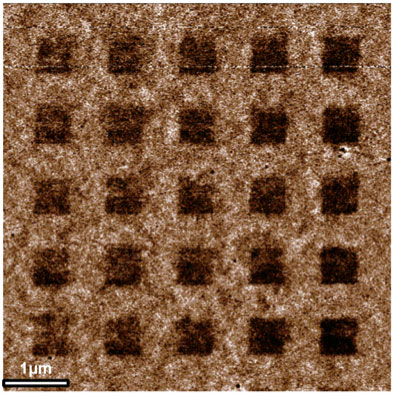 Researchers have found a simple and robust means to magnetize graphene using hydrogen.
Researchers have found a simple and robust means to magnetize graphene using hydrogen.
Mar 17th, 2015
Read more
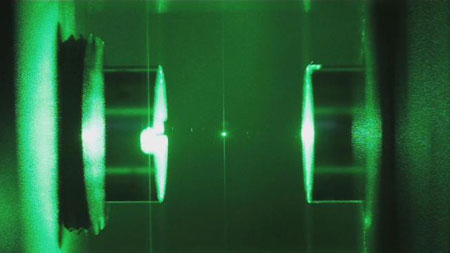 Scientists have eveloped a new technology which could one day create quantum phenomena in objects far larger than any achieved so far. The team successfully suspended glass particles 400 nanometres across in a vacuum using an electric field, then used lasers to cool them to within a few degrees of absolute zero.
Scientists have eveloped a new technology which could one day create quantum phenomena in objects far larger than any achieved so far. The team successfully suspended glass particles 400 nanometres across in a vacuum using an electric field, then used lasers to cool them to within a few degrees of absolute zero.
Mar 17th, 2015
Read more
 Researchers have fine-tuned a technique for coating gold nanorods with silica shells, allowing engineers to create large quantities of the nanorods and giving them more control over the thickness of the shell.
Researchers have fine-tuned a technique for coating gold nanorods with silica shells, allowing engineers to create large quantities of the nanorods and giving them more control over the thickness of the shell.













 Subscribe to our Nanotechnology News feed
Subscribe to our Nanotechnology News feed